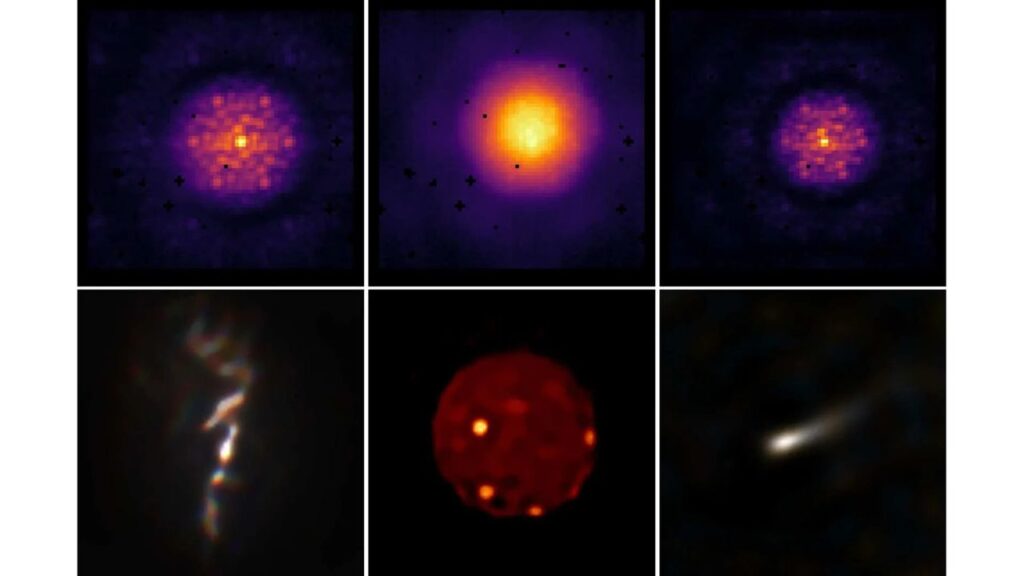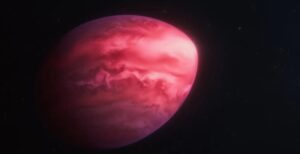
The James Webb Space Telescope (JWST) has overcome a significant challenge with its Aperture Masking Interferometer (API), thanks to a groundbreaking AI algorithm developed by researchers at the University of Sydney. This advancement resolves the telescope’s blurry vision, providing a major boost to the scientific community’s efforts to study exoplanets in our Milky Way galaxy.
The API, designed under the leadership of Professor Peter Tuthill, plays a crucial role in enhancing the performance of the JWST’s Near-InfraRed Imager and Slitless Spectrograph (NIRISS). Although not one of the telescope’s primary instruments, the API is integral for combining light from various segments of the telescope’s main mirror, thereby improving sensitivity and resolution. It was specifically engineered to detect small and dim exoplanets orbiting distant stars.
Upon activation, astronomers discovered that the API images were coming back blurry, mirroring a historic optical flaw in the Hubble Space Telescope, which suffered from similar issues shortly after its launch in 1990. Hubble’s problem was resolved through a costly crewed mission, involving the installation of corrective mirrors that enabled it to deliver high-quality images. In contrast, fixing the JWST’s issue posed a far greater challenge due to its location approximately 930,000 miles (1.5 million kilometers) from Earth, beyond the reach of any current human space missions.
The source of the blurriness was traced to electronic distortions within the infrared camera detector. To address this, former Ph.D. students Max Charles and Louis Desdoigts developed an AI algorithm known as AMIGO—short for Aperture Masking Interferometry Generative Observations. This neural network, inspired by the human brain’s functioning, effectively detects and corrects the distorted pixels caused by electrical charges, showcasing remarkable performance.
“Instead of sending astronauts to bolt on new parts, they managed to fix things with code,” Tuthill commented, highlighting the innovative nature of this solution. The researchers tested AMIGO on images of a dim exoplanet and a low-mass star, approximately 133 light-years from Earth. In subsequent imaging campaigns, the API, now enhanced by AMIGO, produced detailed visuals of a black hole jet, the volcanic landscape of Jupiter’s moon Io, and stellar winds from a distant variable star.
“This work brings JWST’s vision into even sharper focus,” said Desdoigts, who is currently a postdoctoral researcher at Leiden University in the Netherlands. “It’s incredibly rewarding to see a software solution extend the telescope’s scientific reach.”
Since its launch in July 2022, the James Webb Space Telescope has transformed the field of astronomy, revealing unprecedented insights into the formation of early galaxies and black holes. Moreover, it has significantly advanced the study of exoplanets, providing groundbreaking measurements of their atmospheric compositions. With the API fully operational, the JWST is poised for even more extraordinary discoveries that could reshape our understanding of the universe.






